Scotland are vulnerable to space invaders
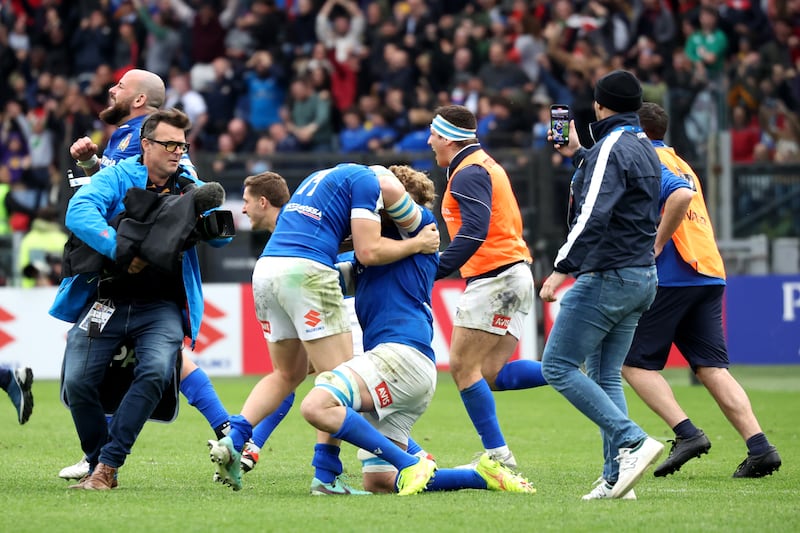
The Scotland backfield looks like one area Ireland might look to exploit next week when they come to Dublin for the last match of the Six Nations championship. As Italy backed up their draw in France with a nail-biting win in Rome, their first in 11 years, Scotland coach Gregor Townsend will painfully look at the replays and see how the Italians used space behind the Scotland defensive line twice in the match to score two tries. After 15 minutes Ignacio Brex dotted down after a chip over from Martin Page-Relo and again just after half-time winger Louis Lynagh bolted through to chase down a grubber kick from Paolo Garbisi. Flicked balls and dinks between players are something outhalf Jack Crowley has not been afraid to try throughout this championship. More may be on the way.
England have found a groove
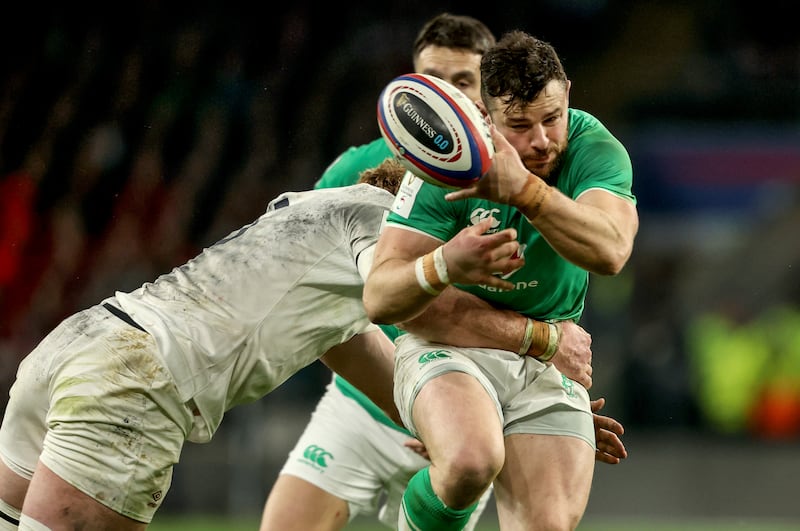
Ireland will look closely at how Scotland lost to Italy, and Scotland will look hard at how England were able to knock Ireland off their game with the high-tempo, physical, quick turnover ball and plenty of gas across the back three. They also got at Ireland in the scrum and lineout. England got so much right that they had been getting wrong in past matches. The question hanging over England was whether Steve Borthwick and Felix Jones could get the players to play the system they wanted to play. There was never any question about the quality of players in the England squad, just how to best use them and get the best out of them. They were able to do that and won the margins in Twickenham.
Andy Farrell’s bench is open to question
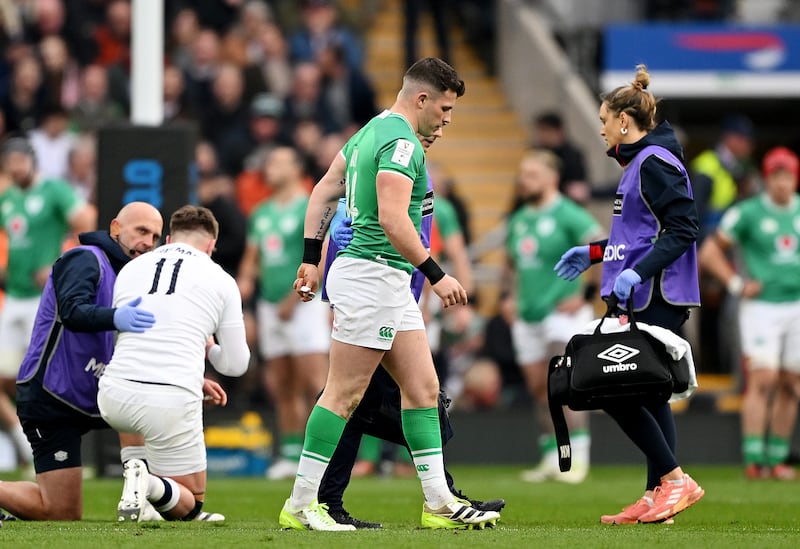
There will be a lot of talk over Andy Farrell’s 6-2 split with just two backs, Ciarán Frawley and Conor Murray, on the Irish bench. Farrell’s take on it after the match was stoic, a kind of ‘that’s life’ attitude and he is probably right to adopt that position. What happened to Calvin Nash and then Frawley was unusually unfortunate. Nash went in to make a tackle and obviously suffered a head injury. Frawley came in to work on the unfamiliar wing – soon shifting to fullback with Hugo Keenan moving out – and was also taken off for a HIA. Still, Farrell’s plan was just a whisker away from working despite England’s dominance on the pitch. But it won’t stop the Monday morning quarterbacks saying that that kind of split is risky, even though South Africa won the 2019 World Cup using it, before using a 7-1 split in last year’s decider.
Ireland’s late loss began early
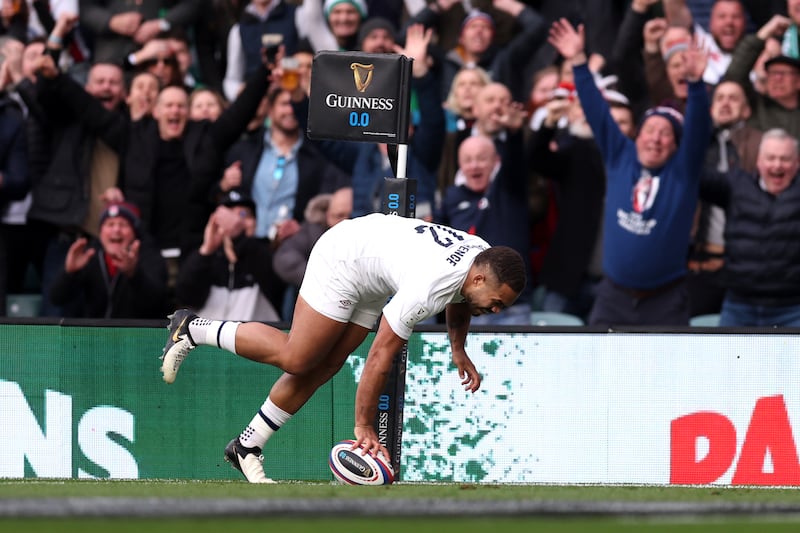
When England led 5-3 in Saturday’s match it was the first time in this year’s championship that Ireland had trailed their opponents in the first quarter of the game. Against France, Italy and Wales, Ireland had always led going past the 20-minute mark. Ireland nilled Italy with 36 unanswered points, so they didn’t get on the scoreboard at all, while France registered their first points after 26 minutes when fullback Thomas Ramos kicked a penalty. Wales were 17-0 down at half-time with their only score coming in the second half with a penalty try. But in the sixth minute Ollie Lawrence streaked down into the corner with Nash injured on the ground. It was a great sharp move from England to leave Ireland facing an uphill task to get back into the game.
READ MORE
Old rivalries mean making history is hard
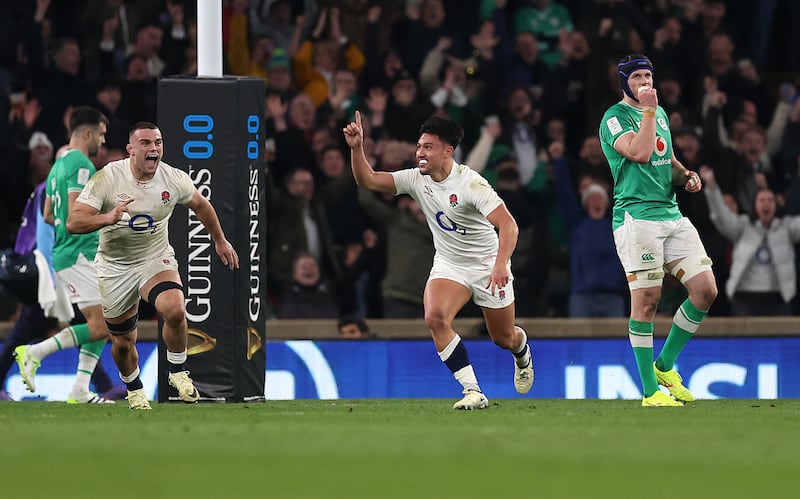
Marcus Smith’s last-gasp drop goal and Ireland’s disappointment after the match shows how far this team have come. There was almost a national silence when the ball went over (apart from the small group of gloaters). Chasing history is always different from just winning a match. But when the Six Nations began in 2000 with Italy entering the competition, it created opportunity. England attempted to make history as the first team to secure consecutive Grand Slams in 2017. The year before they had beaten every team and things were going to plan until the final round, when Ireland beat them 13-9. England won the trophy but the elusive Grand Slam was lost to them. Has karma caught up with us this weekend?















